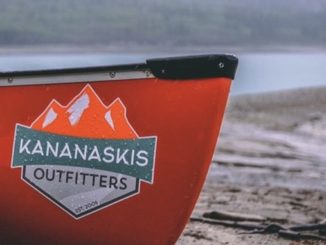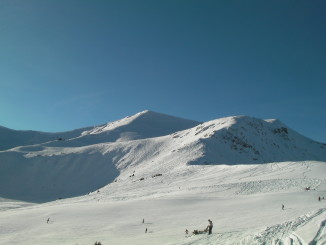As long as I live, I’ll hear waterfalls and birds and winds sing. I’ll interpret the rocks, learn the language of flood, storm and the avalanche. I’ll acquaint myself with the glaciers and wild gardens, and get as near the heart of the world as I can.”
~John Muir
Each winter newspapers across western Canada feature tragic headlines about backcountry users being caught in avalanches. When I first moved to Alberta from the avalanche-free prairies of Saskatchewan I was astonished and overwhelmed at the frequency of these reports. They terrified me enough to keep me out of the backcountry during the winter and I wondered why anyone would tempt fate like that. It has now been thirteen years since arriving in this province. I can’t say I’ve grown accustomed to the heartbreaking headlines, I mean how can anyone not be affected by them, but I do have a deeper understanding of why folks venture into the backcountry. The lure of untouched powder, coupled with crowd free terrain is just too good to pass up.
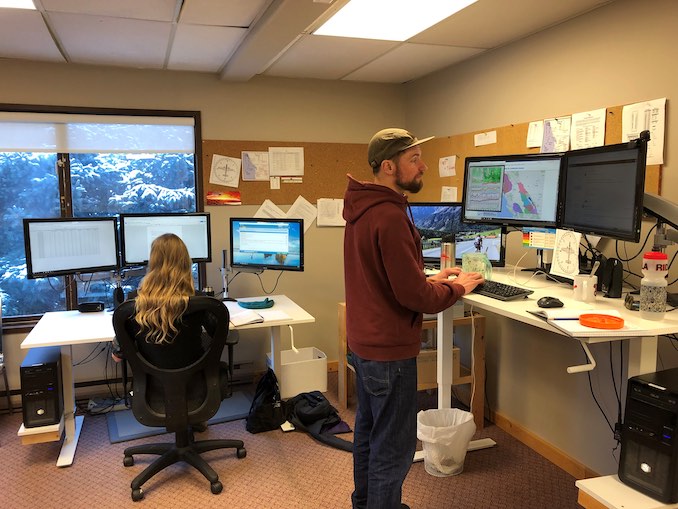
Backcountry sports are inherently dangerous activities and those risks are compounded during the snow-filled months. There are a number of ways to mitigate those risks, but none of them are a surefire solution to the uncertainty that is an avalanche. Know Before You Go, the free avalanche awareness program, offers these five steps for staying safe; get the gear, get the training, get the forecast, get the picture, and get out of harm’s way. We could talk for hours about the intricacies of those five steps, but for the purpose of this article we’ll be focusing on the forecasting piece.
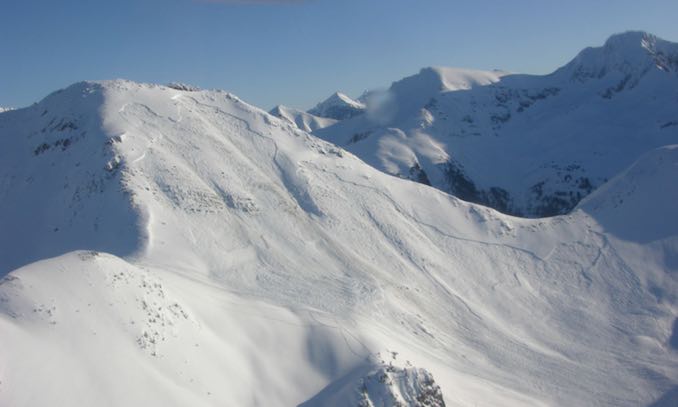
To get an in-depth look at avalanche forecasting I reached out to Avalanche Canada, our national public avalanche safety organization, to see if they were keen on an interview. Employees of Avalanche Canada develop and deliver public avalanche forecasts and special public avalanche warnings for much of the mountainous areas of Canada’s west. I spoke with Grant Helgeson, a Senior Avalanche Forecaster and nine-year veteran with AvCan, to get an inside look at his career and all the work that goes into creating an avalanche forecast.

Calgary Guardian: “Let’s start with something easy, where are you based out of
Grant Helgeson: “Our main office is in Revelstoke, BC. We also have field operations based out of Fernie, BC, Prince George, BC, and Whitehorse, Yukon.”
CG: “What type of education/training is required to be an avalanche forecaster?”
GH: “Folks get into avalanche forecasting via a number of different streams. Some common ones are ski or mountain guiding, graduate studies in a relevant discipline like meteorology or geography, ski patrol or snow safety, experience at other avalanche forecasting operations, engineering – often civil or geotechnical, and finally having a Canadian Avalanche Association (CAA) professional membership.”
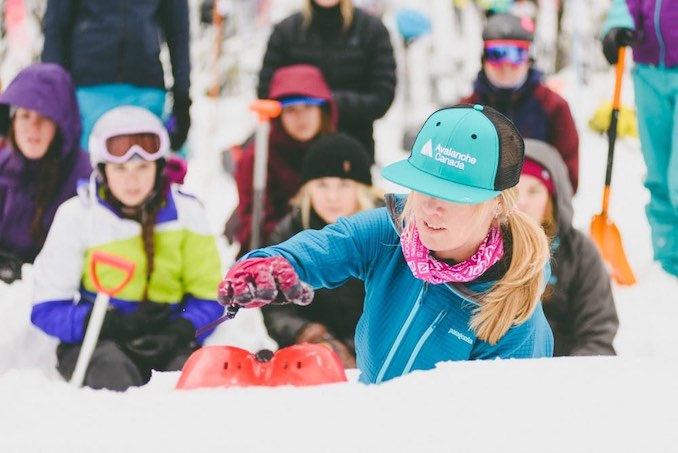
CG: “Is this a seasonal job? If so, what do you do in the off-season? If not, what do summers look like for an avalanche forecaster?”
GH: “For many years this was a seasonal job for me and I worked as an initial attack wildland firefighter all over the country. This is now a year-round job for me. Our summer work is quite interesting. For the last few summers, I’ve been working on the development of new public avalanche forecasting software called AvID. I’ve also been working with Simon Fraser University (SFU) on a data amalgamation project that will help us look at all of our snow, weather, and avalanche data in a single view, and more easily pick out the patterns that exist in that data to produce the most timely and accurate public avalanche forecasts we can.”
CG: “That sounds really technical, yet really interesting. Could you walk me through the process of how an avalanche forecast is created?”
GH: “All the forecasts are written from our office in Revelstoke, BC. Each on-duty forecaster looks at about 10,000 data points a day to produce forecasts for four different regions. There is usually quite a bit of individual analysis and group discussion in a day as we tackle the challenges of the forecasting cycle and get the products out to the public.”
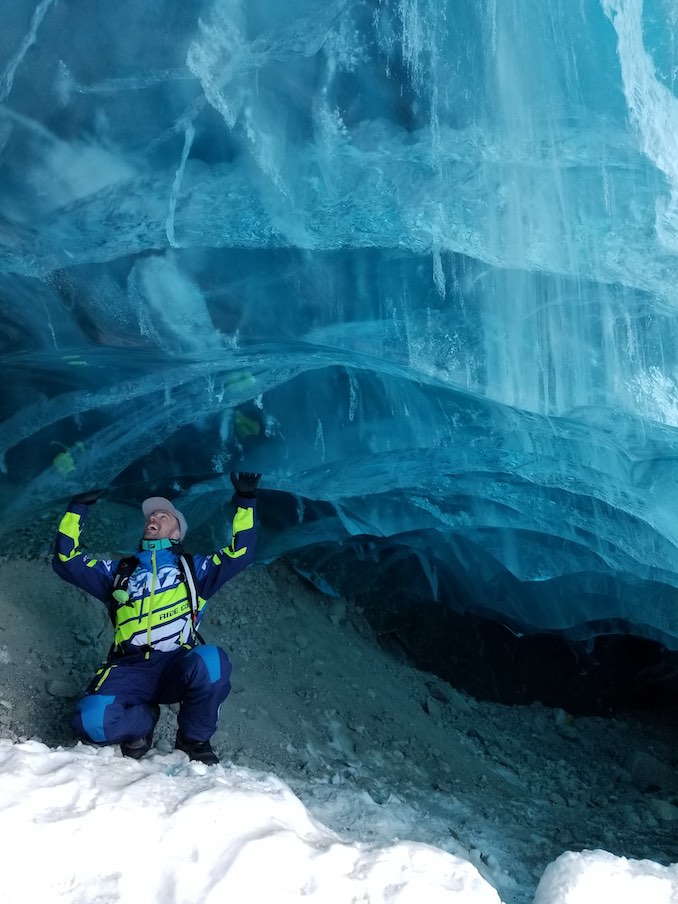
CG: “You said that the forecasts are compiled from data, so where does all that data come from?”
GH: “The majority of our data comes InfoEx, an online service run by the CAA, where avalanche professionals from across Canada share snowpack, weather, and avalanche observations. InfoEx subscribers include ski resorts with avalanche programs, heli-skiing and cat-skiing operations, and control programs for transportation corridors, like highways and railways. We also access information from backcountry users who submit to our Mountain Information Network, and data from remote weather stations and the Meteorological Service of Canada.”
CG: “I’ve been told that part of your job is spent outside in the field. What are you doing on field days? How are those days important to your work as a forecaster?”
GH: “These days I spend about one-third of my time working in the field. This is typically in the remote ‘data sparse’ locations such as the North Rockies where there is little existing snowpack information coming from the region. In these locations we’re out in the snow, working through the terrain, meeting with backcountry recreationists, gathering data, and providing analysis.”
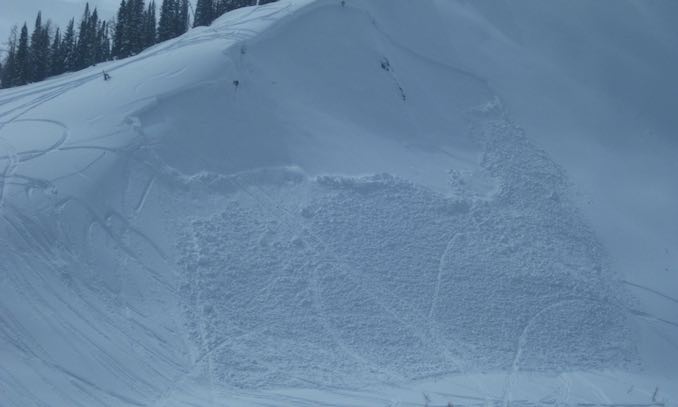
CG: “What’s the best thing about your job?”
GH: “The people I work with. We’ve assembled a diverse team here at Avalanche Canada that includes people with a variety of different experiences. Forecasting is an art and a science. It really helps to bounce ideas off of different people, especially in the more dynamic times.”
CG: “What’s one of the most challenging aspects of your job?”
GH: “As forecasters during the winter, we almost always need to be in tune with snowpacks across western Canada. It can be hard to find time to truly ‘turn off’ when there’s snow on the ground.”
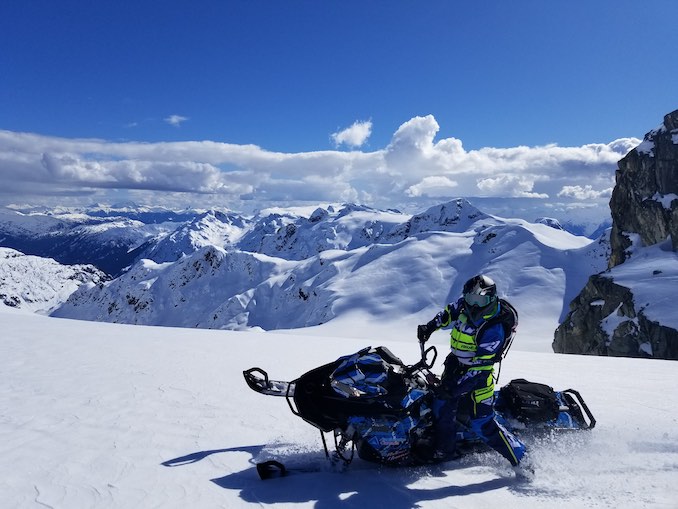
CG: “What’s some advice you would give to people looking to recreate in the backcountry during the winter?”
GH: “Get the training. It all starts with an Avalanche Skills Training (AST) 1 course, where you learn the lexicon of the avalanche forecasts and begin to figure out what terrain is appropriate for a given day. Try to get out with people who are truly experienced to hone your mountain skills. At Avalanche Canada, we’re obviously focused on avoiding avalanches, but these are the mountains of Canada, in winter. It’s not an easy place to hang out and there are lots of tricks to the trade that can make it more comfortable. If you can’t find a more experienced mentor, get together with some of the folks you recreate with and hire a certified guide for a few days. Folks often underestimate just how hard it is to take the avalanche forecast and plan a day around it. It can be a bit of a dark art for some folks. I think that’s where the AST 2 course comes in and allows you to start putting the pieces together to plan your own safe days in the mountains. Remember that this is a lifetime project. Some seasons you can hit the big lines, other seasons are spooky and we’ve got to scale the objectives way back. The forecast has all of the information folks need to make conditions-based plans. Stay patient and humble in the mountains. If your gut is saying no, that’s all the feeling you need to back off and try again another day. Our goal is for all users to come home safe at the end of the day.”
CG: “What advice would you give someone looking to get into avalanche forecasting as a career?”
GH: “This is a very small, niche profession. If I were to do it all over again, I would probably do an undergrad degree in engineering and then a masters in meteorology or climate science. I would ski patrol along the way and then put aside the time to become an ACMG ski guide. If you are an engineer, Canadian Avalanche Association professional member, and ACMG ski guide, you can put some pretty interesting work together for yourself and really craft a career in this niche industry.”
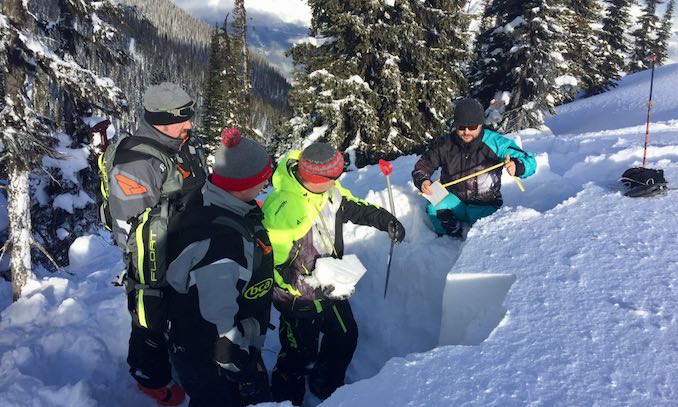
I want to thank Grant for taking time out of his busy schedule, during the winter no less, and answering all my questions. It’s incredibly appreciated and, quite frankly, this story wouldn’t have been possible without you. I also want to thank the rest of the AvCan Team for the dedication you have to your craft. Your work sets the basis for folks to plan the safest day possible in the mountains.

To stay connected with Avalanche Canada find them on Twitter, Facebook, and Instagram. You’ll also find South Rockies and North Rockies specific Instagram accounts. The new Avalanche Canada app is now ready to be downloaded from both the App Store and Google Play. Lastly, always remember to check the forecast before heading into the backcountry. Stay safe out there!
For additional reading about the work of other avy-related professionals please see my stories on Avalanche Rescue Dogs and Mountain Safety Teams.
***
About this column:
Wild Jobs is a running series that focuses on people in outdoor-related professions. It provides a brief snapshot of their career and the duties that it entails. Please see my previous post, Wild Jobs: Trail Builder to learn more.


